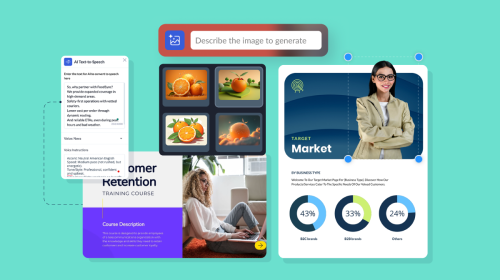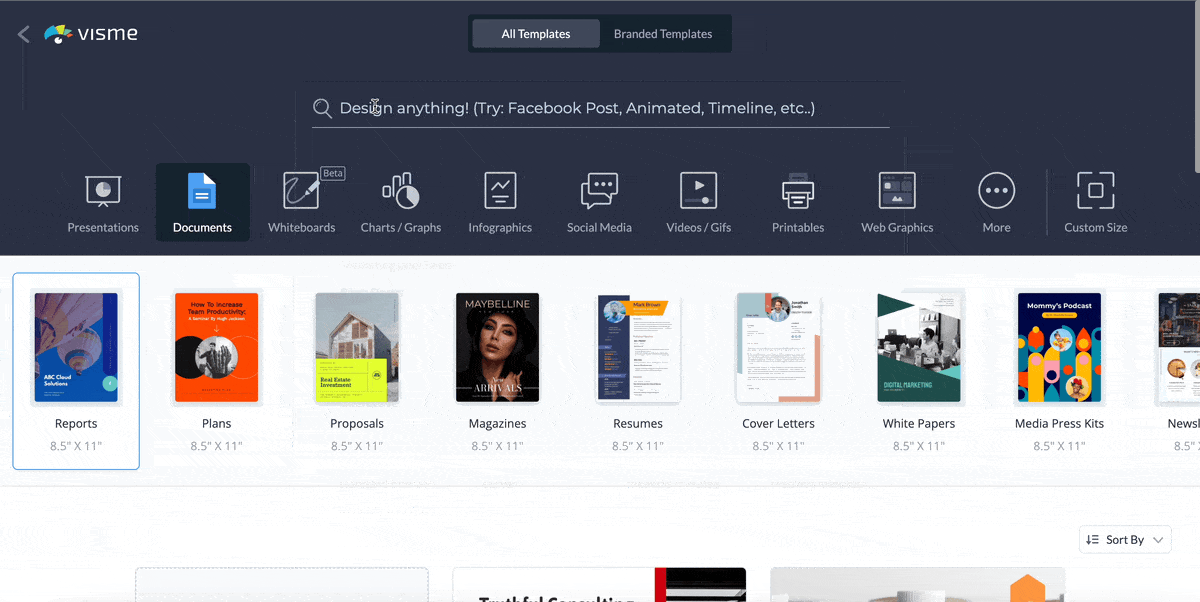
What Is xAPI: A Quick Guide to Learning About Experience API


Creating effective training manuals and other learning materials is key for properly onboarding new employees and keeping existing employees up-to-date with company processes.
But it’s not always possible to track how employees are faring in their training endeavors. Enter xAPI.
xAPI is a type of technology that helps learning and development teams better track their employees’ training progress. Throughout this article, we’ll dive deeper into what xAPI is, how it works, benefits and more.
xAPI, short for experience API, is a newer learning technology that allows managers to collect a wide range of data about each employee’s learning experience and progress.
The data collected can include things like:
And so much more.
An API, or application programming interface, creates the ability for two different pieces of software to interact with each other. Many software developers create APIs for their tools so they can build out integrations, increasing the value of their tools.
An xAPI, which we already stated stands for experience application programming interface, is specific to the training and development industry. It creates the ability for managers to monitor their employees’ training progress and success throughout the entire learning management system (LMS) and other external resources.

In 2007, Advanced Distributed Learning (ADL), a research laboratory funded by the United States Department of Defense and the developers of SCORM identified the need to create a standard that could handle more diverse types of learning experiences.
In 2010, Advanced Distributed Learning (ADL), in collaboration with Rustici Software, a Nashville-based software company, initiated the development of the first version of the xAPI specification, also known as the "Tin Can" API
Version 1.0.1 of the xAPI specification was officially released in 2013. This marked a significant shift from the traditional course-centric approach of SCORM to a more flexible and activity-centric approach. It also included support for grouping and sequencing activities, as well as improved security features. Since 2013, the xAPI specification has continued to gain widespread adoption, with many major LMS providers integrating xAPI into their platforms.
In 2016, The xAPI specification continued to evolve with the release of version 1.0.3, which introduced new features such as activity templates and updated security protocols.
First, the instructional designer or overarching L&D manager needs to decide what specific actions to track. These are called statements. These statements are written in JSON (Javascript Object Notation Language), a language similar to XML.
The results of the statements are sent from the client or activity provider (this can be your entire LMS or an individual video, course, etc.) to the learning record store (LRS).
xAPI is dependent on having an LRS to send data to. This is a separate server that holds all data that your xAPI has collected.
Here’s a visual example of how xAPI works:
So why bother with xAPI? Especially if you already have your LMS set up and your training tracking in place, why disrupt that with new technology?
Here are a few benefits that xAPI has that others like SCORM and AICC don’t.
Because of the wide array of data you can capture—both from your LMS and other online or offline resources—you’re able to get way more data and insights than you can when using SCORM or AICC.
SCORM and AICC are specific only to your LMS data, but xAPI helps you collect even more data, providing even more insights into how your employees are doing in their training.
The LRS software keeps your data structured and secure, so you don’t have to worry about leaks. Easily house sensitive data from your learning management progress without being afraid of it getting into the wrong hands.
Because you get so many more insights, you’re able to see which courses, quizzes or lessons are more difficult for your team. This enables your L&D department to improve materials, make sure they’re easy to understand and streamline the overall training process.
Made with Visme Infographic Maker
SCORM, or sharable content object reference model, is a set of standards in eLearning that helps the client side content side communicate with the host side. It’s essentially a guide so developers know how to properly write the code so it can integrate with learning software.
SCORM 1.0 was released back in 2000, so it’s a rather old piece of technology. However, it’s also widely used due to its age and prominence in the industry.
xAPI was first released in 2013, so it’s much newer and not as popular.
However, xAPI can track progress and usage across the entire learning and development journey, even when some content isn’t uploaded into the LMS. SCORM can only communicate with the LMS, limiting the amount of data your team is able to collect.
In the end, xAPI is newer and more advanced—but SCORM still holds its own. Our general consensus is that if you’re having no issues using SCORM and it helps you get all of the data you need, feel free to continue using it.
But if you’ve noticed that you need more data or that you’re using more learning content than you have in your LMS (i.e., YouTube videos, downloadable workbooks), switching to xAPI may be a great strategy.
We’ve provided a detailed comparison of both learning standards in this article: xAPI (Tin Can) vs SCORM: How to Choose the Best LMS-export Option for You
If you want to switch from SCORM to xAPI, you can still take advantage of Visme for your learning and development content.
Let’s walk through how to create easy-to-understand learning materials inside Visme and export them in an xAPI-friendly format.
After selecting your content authoring tool, your next task is choosing the best training materials for your team and its needs.. Visme supports dozens of different types of learning and development content—and you can get creative with your own ideas as well.
Some common types of training materials include:
This list barely scratches the surface of the types of learning content you might decide will help your new and existing employees learn and stay up-to-date on job guidelines and processes.
Build a list of the various training materials you need so you can get started creating.
Visme makes it easy to quickly create dozens of learning materials.
With thousands of professionally designed templates right at your fingertips, a brand wizard to ensure they match your organization’s look and feel, millions of design elements, an easy-to-use drag-and-drop interface and more, you can quickly create professional learning and development content within just a couple of hours.
Take a look at Visme’s template library to get an idea of the options available to you. Or take a look below at a handful of training manuals to get started with.

Once you’ve chosen a template (or five), it’s time to customize it with your own training content. Using Visme’s drag-and-drop editor, you can easily make every customization you need to match the content to your vision.

A few customization options you have include:
Finally, it’s time to export your training materials in xAPI format. You need an Enterprise plan to access SCORM and xAPI export capabilities.
Click the Download button in the top right corner of the Visme editor. Click the LMS tab at the bottom of the right sidebar of the popup that appears. Here, you’ll be able to choose between SCORM and xAPI downloads.

Download the file, then import it into your LMS tool of choice. By deploying xAPI training, you can easily track your employees’ training progress.
With Visme, you can also download content as a JPEG, PNG, PDF, MP4, GIF and more. This means Visme can be a big help with your external content as well—and with xAPI, you can track all of your employee interactions with training content.
If you’re currently using SCORM without issues, there’s no hurry to adopt xAPI. But if you’re struggling with the amount of tracking and data you get access to with SCORM, then yes! You should use xAPI. An xAPI profile lays out a specific set of guidelines for how the xAPI needs to be implemented. It includes a set of vocabulary terms and usage rules that developers have added in based on the domain it’s being put on. An xAPI wrapper is part of the code that allows learning content and the learning management systems to communicate with each other. xAPI is able to gather more data more reliably than SCORM—but if SCORM is working for your team, that doesn’t necessarily mean xAPI is better. However, if you’re unhappy with the data you’re getting from SCORM, xAPI would likely be a much better choice. SCORM is only able to track desktop LMS activity. xAPI goes much deeper and is able to pull data from multiple sources into one central dashboard. AICC is similar to SCORM in that it’s only able to capture data within the LMS—xAPI has a lot more freedom. AICC, however, sends HTTPS messages to the LMS while SCORM uses JavaScript. There are a number of LMS options that have adopted xAPI. Such LMS tools include Agylia, Birch, eFront and Skillo.
To create xAPI export-ready training, you’re going to need an all-in-one content authoring tool like Visme.
Let Visme help you create and export incredible training content in xAPI format so you can easily track employee progress and make sure everyone is properly trained. Learn more about how to take advantage of Visme’s xAPI export features.
Design visual brand experiences for your business whether you are a seasoned designer or a total novice.
Try Visme for free